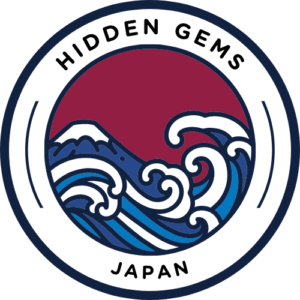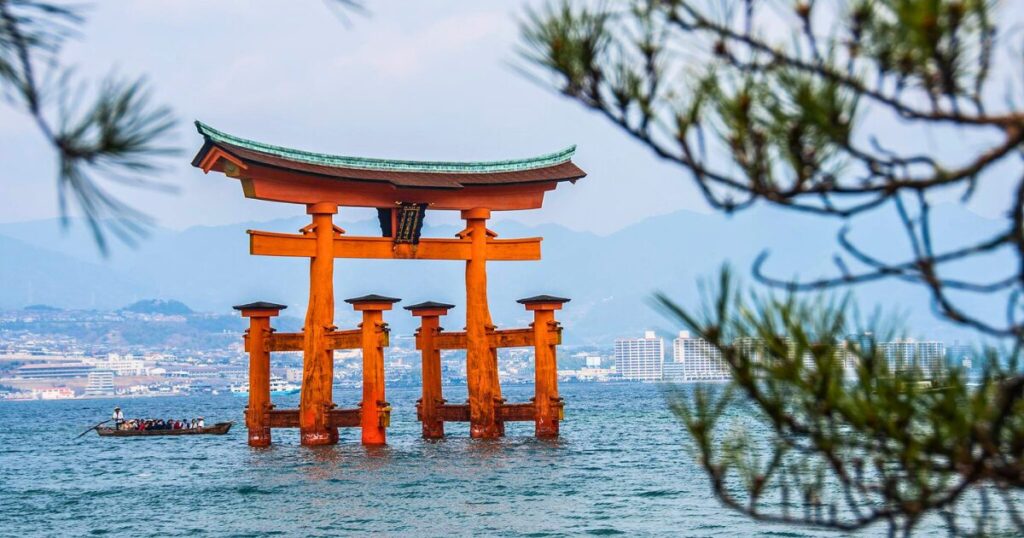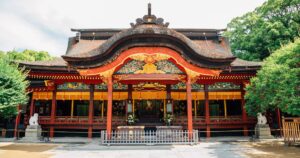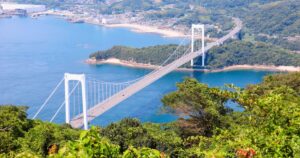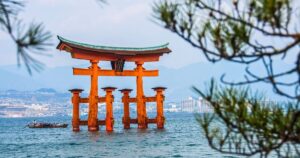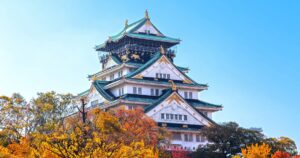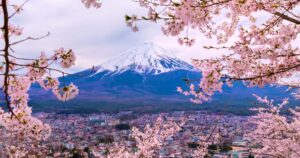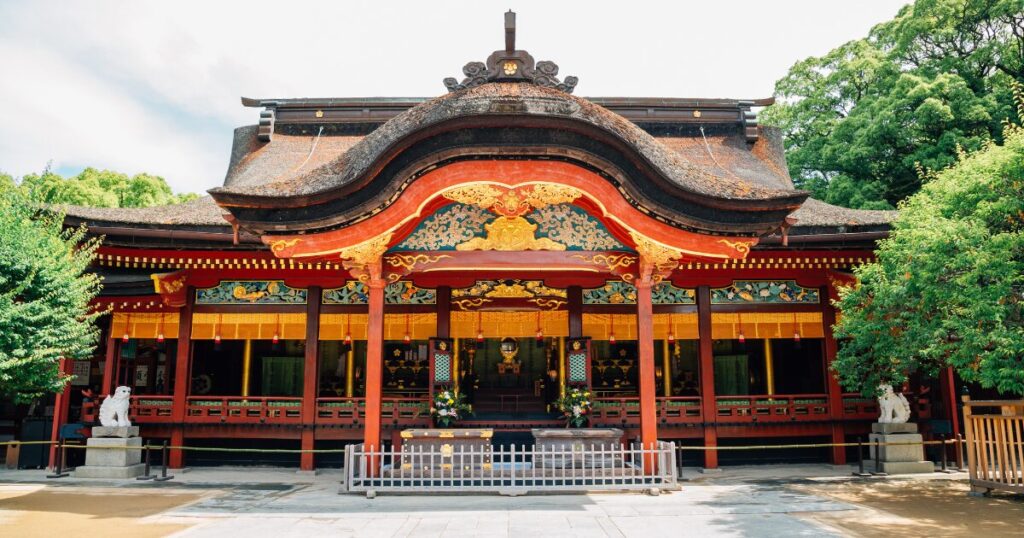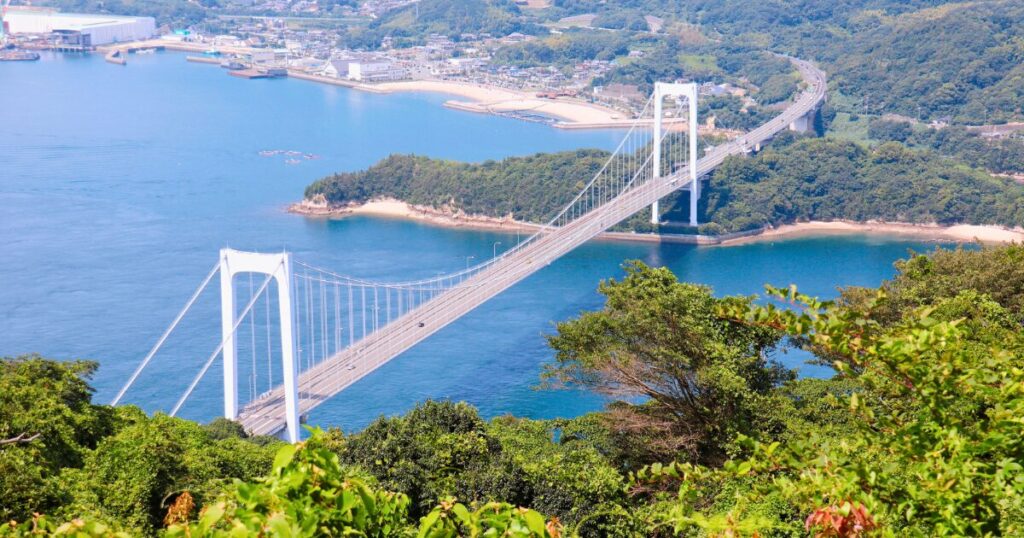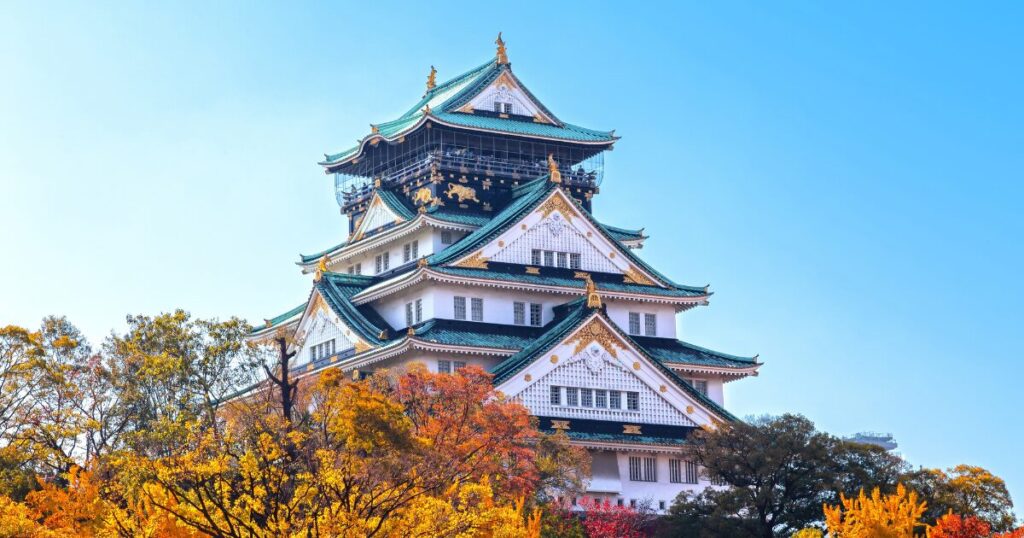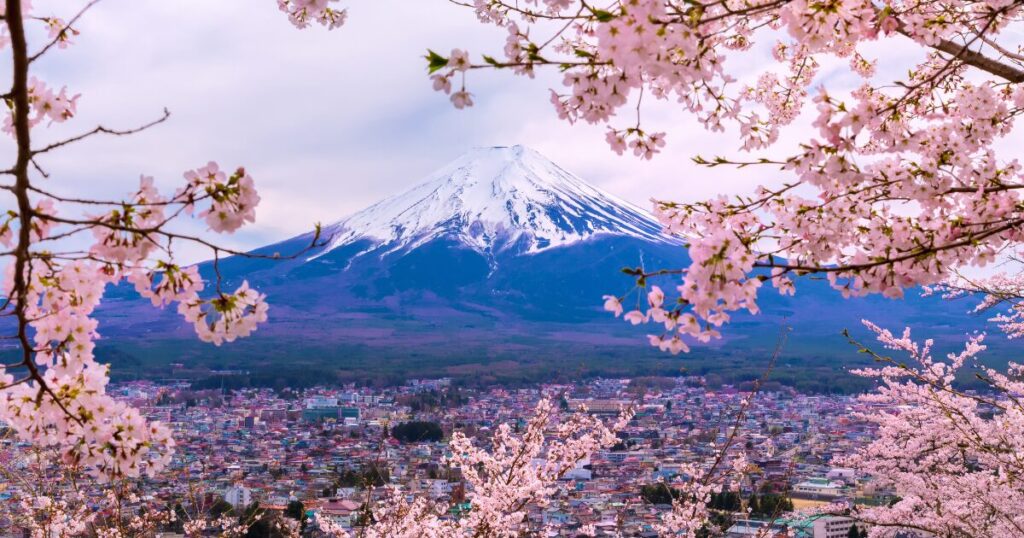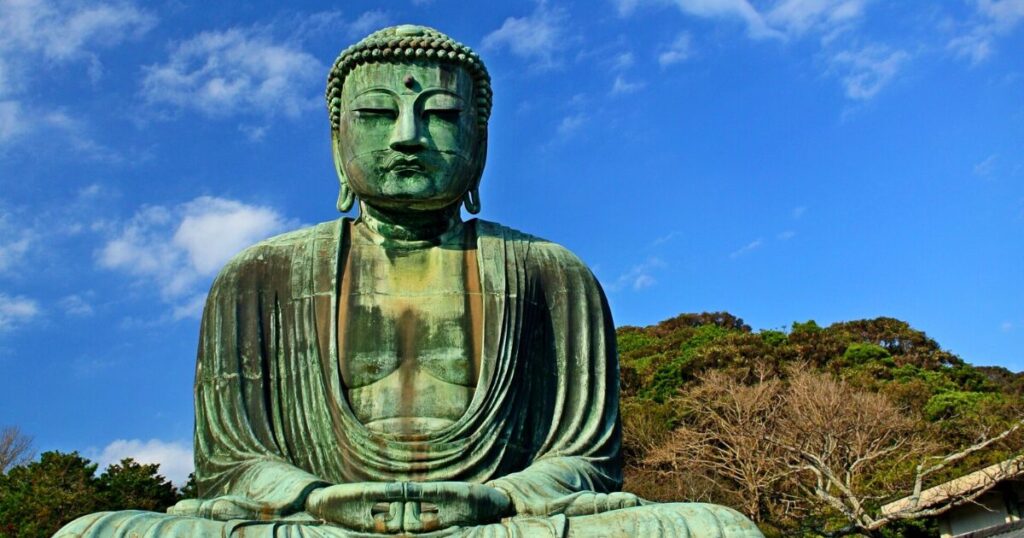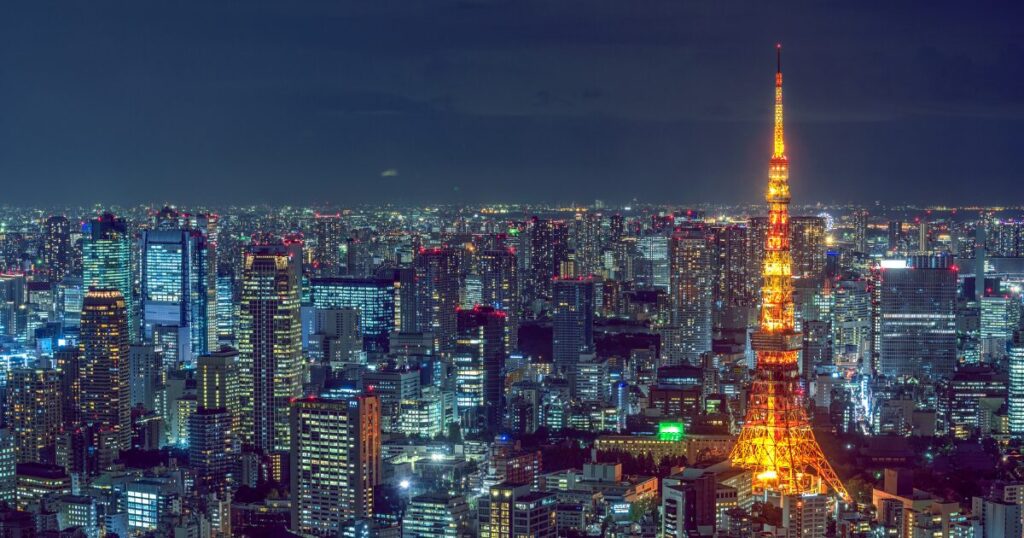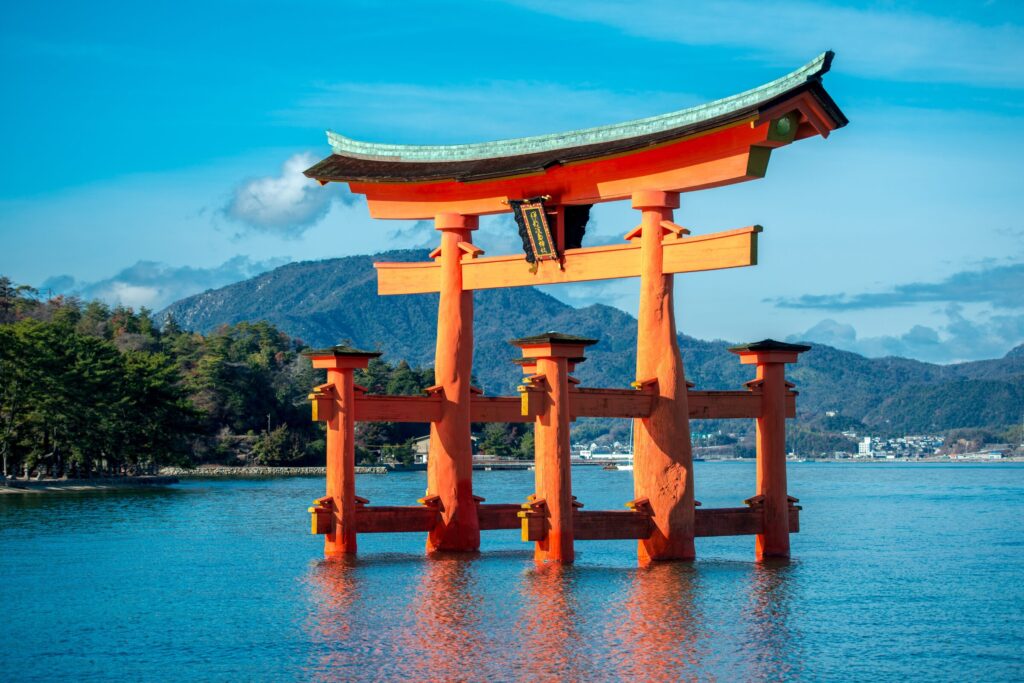The Chugoku region, located in western Honshu, is one of Japan’s most underrated treasures. While it may not be as famous as Tokyo or Kyoto, Chugoku is filled with dramatic coastlines, sacred shrines, historic towns, and local flavors that make it well worth exploring.
From the iconic floating torii gate in Hiroshima to sand dunes in Tottori and mystical shrines in Shimane, this region offers a more peaceful and authentic slice of Japan. If you’re looking to go beyond the usual tourist path, Chugoku invites you to slow down, look deeper, and discover something truly special.
Tottori Prefecture
Tottori may be Japan’s least populous prefecture, but what it lacks in numbers, it makes up for in unique landscapes and local charm. Known for its vast sand dunes and literary heritage, Tottori offers a gentle pace and plenty of natural beauty. It’s the perfect place for travelers seeking quiet, scenic adventures with a touch of the unexpected.
Tottori Sand Dunes (鳥取砂丘)
Japan’s only large sand dune system stretches along the Sea of Japan and looks more like the Sahara than anything you’d expect in Japan. You can try sandboarding, camel rides, or simply walk across the ever-shifting terrain. The nearby Sand Museum showcases stunning sculptures made entirely from sand.
Mount Daisen (大山)
Often called the “Mount Fuji of the West,” Mount Daisen is a spiritual and scenic gem. It’s a popular hiking and skiing destination, and its trails lead through lush forests to panoramic viewpoints. At the base, Daisen-ji Temple adds a peaceful, historic touch to your journey.
Shimane Prefecture
Shimane is steeped in myth and mystery. As the home of Japan’s oldest Shinto shrine and ancient traditions, this quiet coastal prefecture offers a deeply spiritual atmosphere. Shimane is a place where stories come alive, whether in its folklore, shrines, or atmospheric towns.
Izumo Taisha (出雲大社)
One of the most important and ancient Shinto shrines in Japan, Izumo Taisha is dedicated to the god of marriage and relationships. Its massive torii gate and sacred architecture make it a moving site to visit, especially during the annual Kamiari Festival when deities are said to gather here from across the country.
Matsue Castle (松江城)
One of Japan’s few remaining original castles, Matsue Castle stands proudly by Lake Shinji. Climb to the top for sweeping views and explore the surrounding samurai district, where old residences and tea houses let you step back in time.
Okayama Prefecture
Okayama is known as the “Land of Sunshine” for its mild weather and friendly vibe. With one of Japan’s top gardens, an elegant black castle, and its connection to the famous folk tale of Momotaro (the Peach Boy), Okayama offers a great balance of nature, culture, and storytelling.
Korakuen Garden (後楽園)
Ranked among Japan’s three most beautiful gardens, Korakuen is a spacious landscape garden that blends ponds, walking paths, and seasonal beauty. It’s a lovely place for a slow morning stroll, especially during plum blossom or autumn foliage seasons.
Okayama Castle (岡山城)
Nicknamed “Crow Castle” due to its sleek black exterior, Okayama Castle sits just beside Korakuen Garden. While the original structure was destroyed during WWII, the reconstructed keep is full of historical exhibits and great city views.
Hiroshima Prefecture
Known around the world for its tragic history and hopeful message of peace, Hiroshima is much more than a city of remembrance. With stunning islands, beautiful temples, and a vibrant local food scene, Hiroshima offers a powerful and memorable experience for all travelers.
Hiroshima Peace Memorial Park (広島平和記念公園)
This park is home to the Atomic Bomb Dome, Peace Memorial Museum, and monuments honoring the victims of the 1945 bombing. It’s a sobering but essential visit that highlights Hiroshima’s commitment to peace and renewal.
Miyajima & Itsukushima Shrine (宮島・厳島神社)
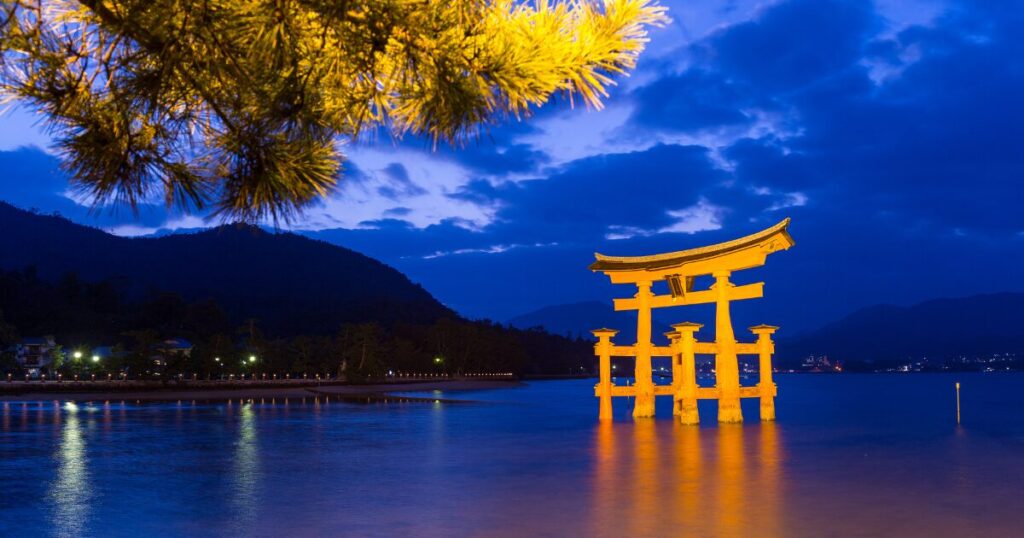
Just a short ferry ride from Hiroshima city, Miyajima Island is famous for Itsukushima Shrine and its iconic floating torii gate. During high tide, the gate appears to float on water—one of Japan’s most iconic views. The island is also home to friendly deer and scenic hiking trails.
Yamaguchi Prefecture
Yamaguchi, at the western tip of Honshu, is full of quiet beauty and surprises. Known for its picturesque bridges, samurai heritage, and beautiful coastal views, it’s one of Japan’s most charming and under-the-radar destinations. Yamaguchi rewards those who seek the roads less traveled.
Kintai Bridge (錦帯橋)
An architectural marvel of five wooden arches, Kintai Bridge in Iwakuni is beautiful in every season—especially spring when cherry blossoms line the river. Walk across the bridge, explore Iwakuni Castle on the hill, and sample the area’s famous lotus root dishes.
Motonosumi Shrine (元乃隅神社)
This coastal shrine is famous for its 123 red torii gates that wind down toward the sea, creating a spectacular contrast with the blue ocean. It’s a bit off the beaten path, but the dramatic views and spiritual setting make it a worthwhile journey.
Conclusion
The Chugoku region may not be on every tourist’s radar, but that’s exactly why it shines. With its deep history, natural beauty, and warm-hearted locals, Chugoku offers the chance to experience Japan at a slower pace, where traditions are alive and well, and every corner hides a story waiting to be told. Whether you’re marveling at floating shrines, hiking sacred mountains, or strolling through peaceful gardens, Chugoku invites you to connect with the soul of Japan—one quiet discovery at a time.

